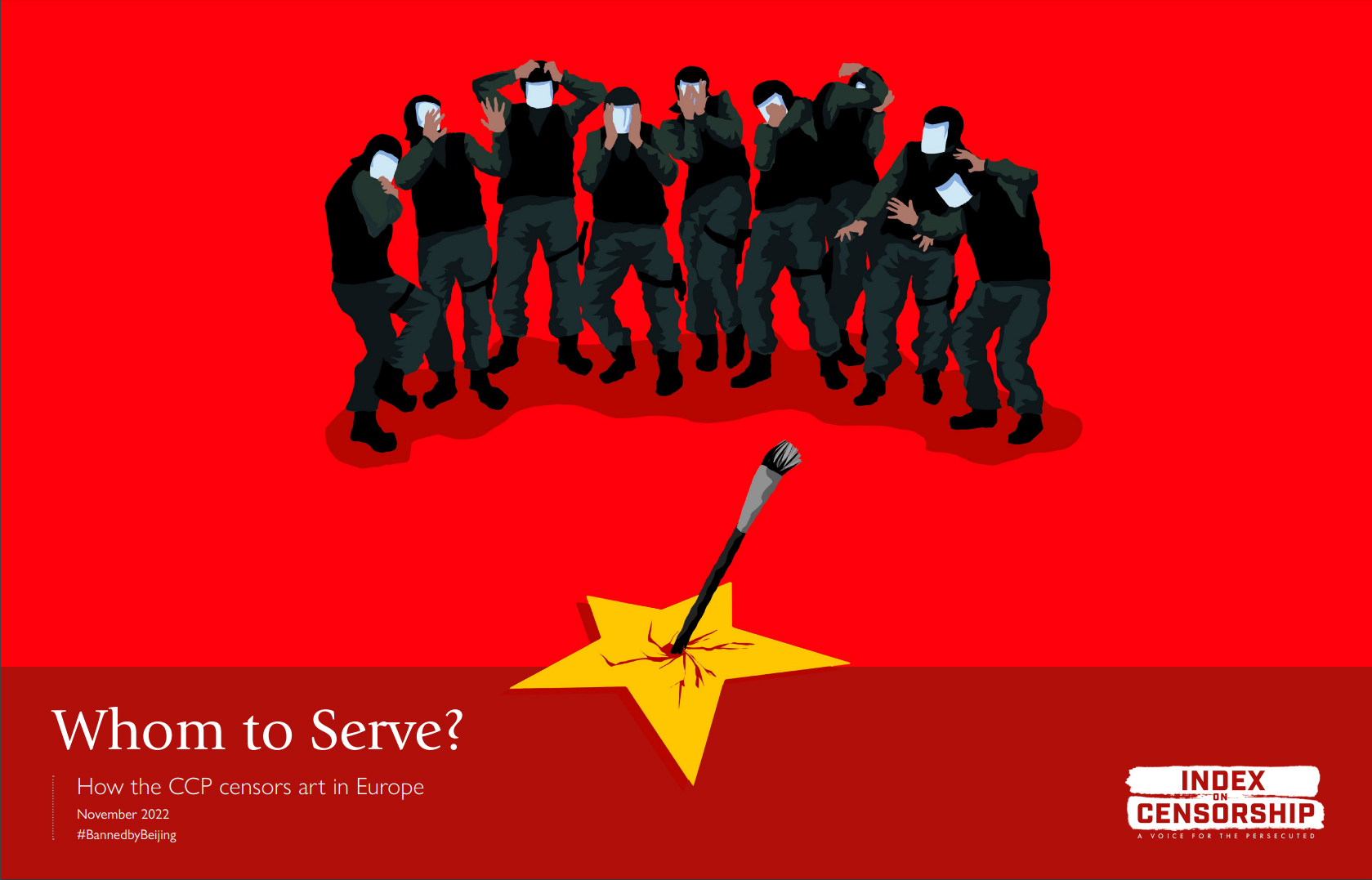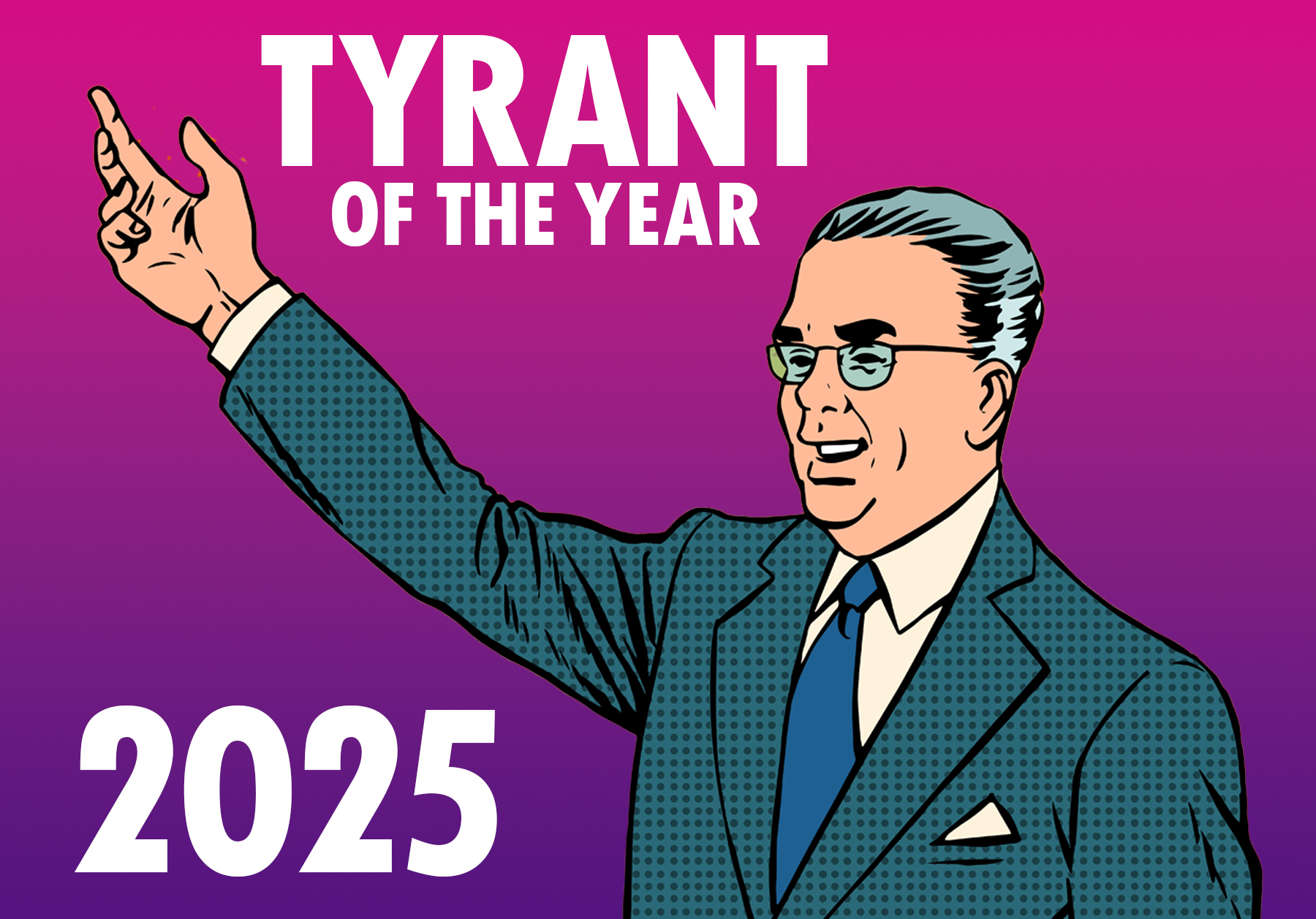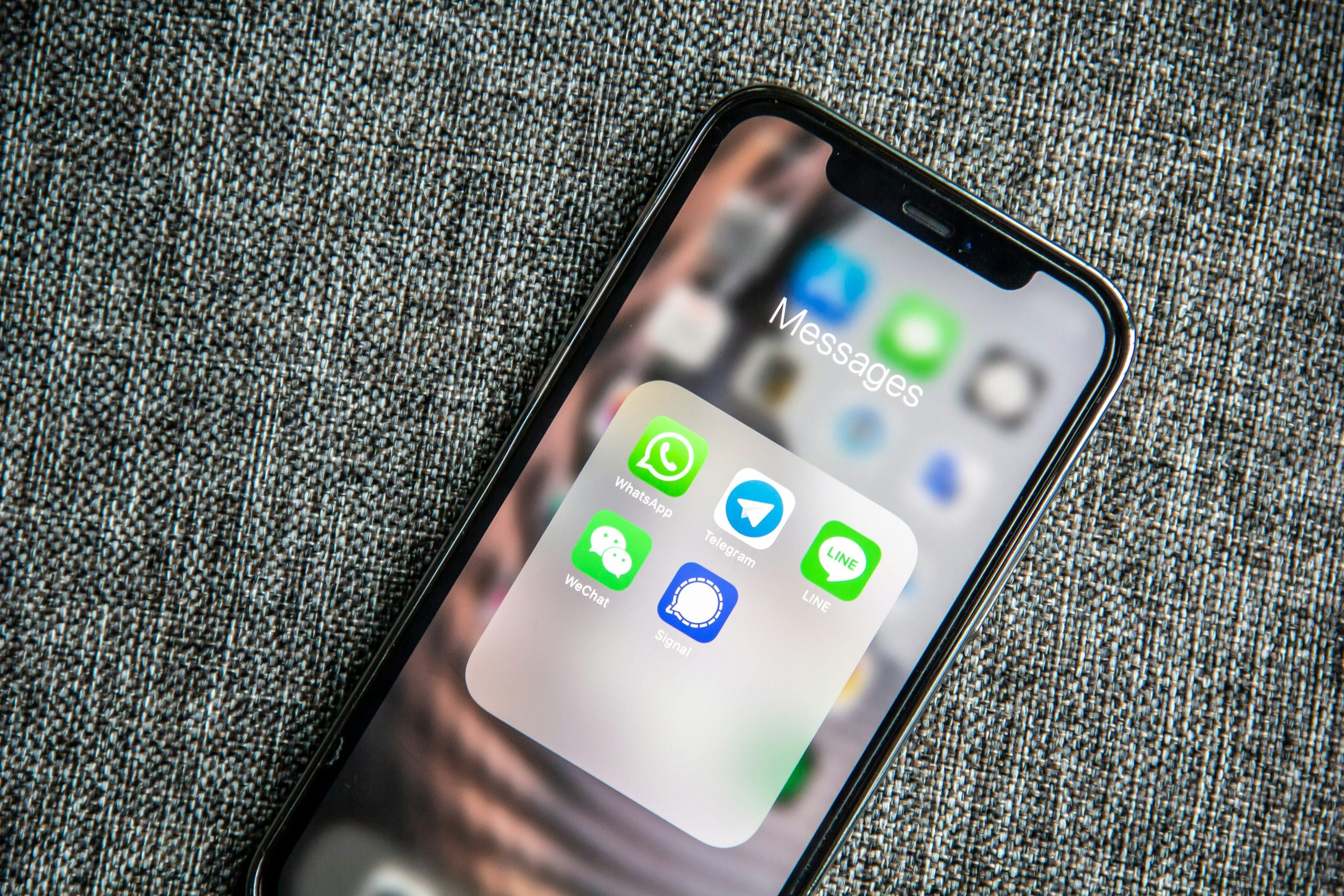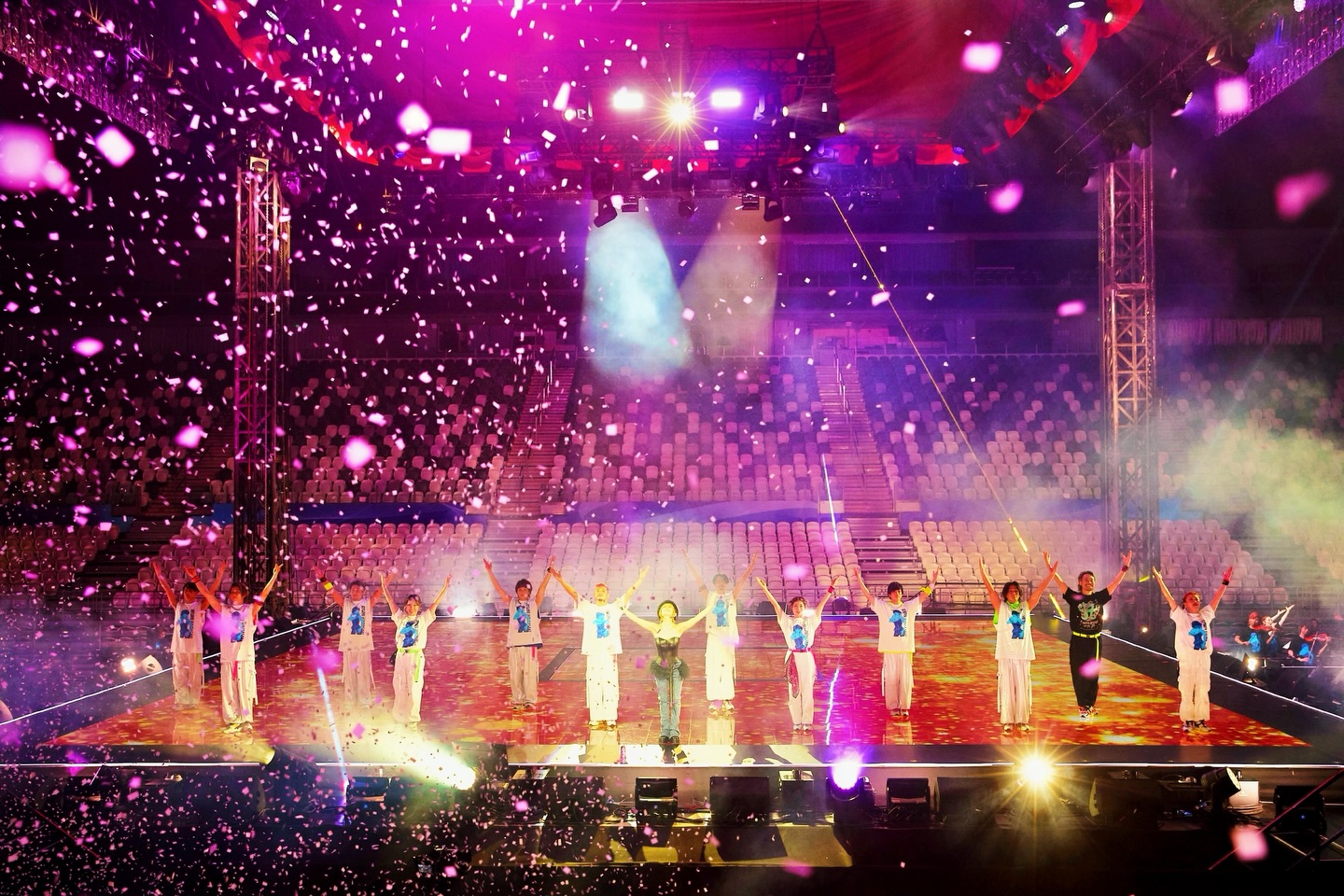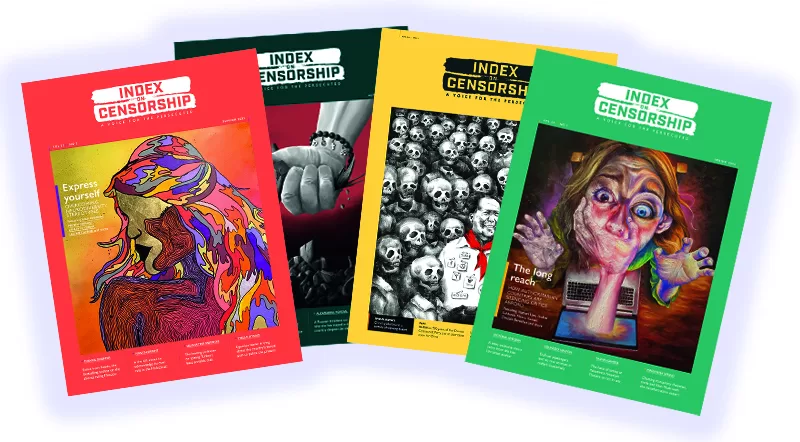A new report from Index on Censorship published today (Thursday, December 1st) has laid bare the shocking extent to which Chinese Communist Party (CCP) activity is driving a new era of artistic censorship across Europe.
The report – Whom to Serve? How the CCP censors art in Europe – builds on in-depth interviews with more than 40 leading artists, curators, academics and experts from across Europe, and the findings of more than 35 Freedom of Information requests. It paints a worrying picture of the coordinated campaign by the CCP to undermine artistic freedoms.
Key findings include:
- Ruthless CCP techniques to limit the spread of critical art, including diplomatic pressure, direct threats to individuals and the propagation of pro-state art.
- A concerted drive to impose self-censorship on artists working in Europe, including surveillance, interrogations, graffiti and physical attacks.
- Threats made to those with family in China, Hong Kong and Taiwan.
- The spread of CCP soft power from visual arts into fine art, sculpture, graphic art, film, fashion and theatre.
- A murky network of extensive financial and non-financial ties between Chinese companies and state bodies, and European art institutions, the full scale of which is almost impossible to ascertain.
Jemimah Steinfeld, editor-in-chief at Index, said:
“With the kidnapping of a Hong Kong bookseller in Thailand nine years ago, we have long known that the CCP’s police state stretches beyond its own borders. But what this report shows in startling detail is just how far it stretches and how common aggressive tactics are.
“The scale of the CCP’s reach across the arts world is as staggering as its nature is coordinated. This is not a fringe pursuit or some dabbling at the margins – it is a new and growing weapon in China’s arsenal to burnish its image abroad, control how people both view it and discuss it, and to ruthlessly target those who create or curate art they class as dangerous.
“European art galleries and museums are relentlessly targeted by the CCP using a variety of tools. From diplomatic pressure aimed at European artistic institutions to cancel or forcibly change exhibitions, to the championing of a counter-narrative through artistic work that amplifies state propaganda, there is a battle being fought in institutions across Europe.
“With the recent re-entrenchment of Xi Jinping’s leadership and the growth of China as the 2nd largest art market, there are no signs of the CCP stopping.”
The report shows how the CCP targets dissident artists with overt censorship to prevent critical artwork from being made public, and self-censorship to dissuade artists and institutions from taking the risk of criticising both the party and the country. Fear of reprisals against both themselves and their family pushes many artists, even those living in Europe, to avoid sensitive topics.
While large-scale and coordinated, the report shows the CCP’s efforts to be only partially successful. While self-censorship is rife, attempts to pressure European governments to censor artists has largely failed, even in the face of financial hits to both private galleries or museums.
Nik Williams, policy and campaigns officer, Index on Censorship, added:
“With China one of the world’s largest and most rapidly expanding markets for contemporary art, there are also increasing connections between European art institutions and Chinese state linked firms or individuals sympathetic to the CCP.
“The difficulties we faced in tracking and tracing these connections, murky in their nature and opaque in their arrangements, is concerning in itself. We remain fearful of how these relationships could inform how institutions engage with dissident artists or sensitive topics.”
ENDS
NOTES TO EDITORS
- You can read the full report, “Whom to Serve?: How the CCP censors art in Europe”, here
- The report includes exclusive artwork from leading dissident artist, Badiucao, as well as pieces from Lumli Lumlong, Jens Galschiøt and Yang Weidong.
For press and broadcast interview requests, or for further information, please contact:
Luke Holland // [email protected] // +44 7447 008098

